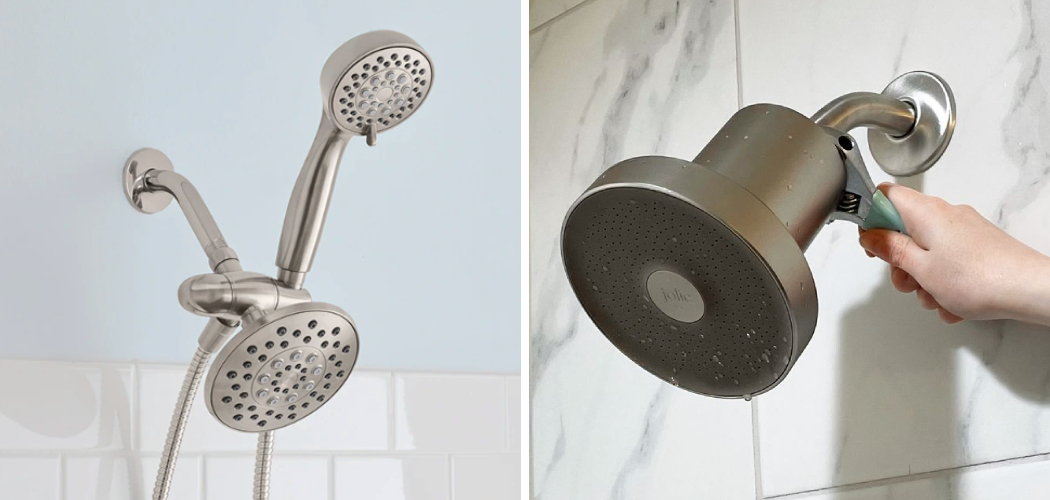When it comes to home improvement projects, maintaining your bathroom fixtures can significantly enhance both the functionality and aesthetic appeal of your space. One common issue that homeowners encounter is a loose rain shower head, which can lead to an inconsistent water flow and a less enjoyable shower experience. In this guide, we will explore simple yet effective methods for how do you tighten a rain shower head, ensuring that your shower operates smoothly and looks great. Whether you are a seasoned DIY enthusiast or a novice, these straightforward steps will help you restore your shower to its optimal condition.
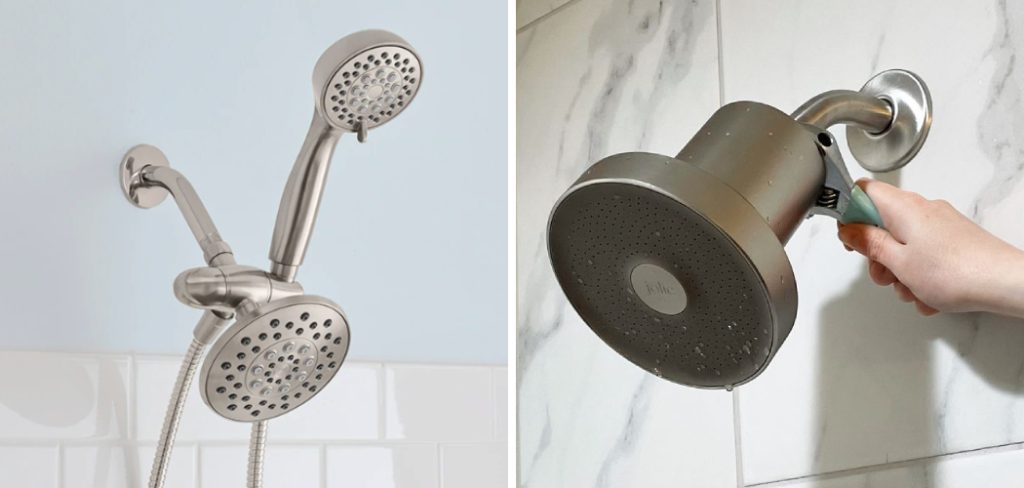
Common Issue of a Loose Rain Shower Head
A loose rain shower head can be a frustrating problem that many homeowners face. Not only does it disrupt the flow of water, leading to uneven spray patterns, but it can also cause leaks that waste water and potentially damage your fixtures over time. This issue often arises due to the natural wear and tear of the shower head’s mounting components or improper installation during initial setup. Regular maintenance and inspections can help identify loose fittings before they become problematic, allowing for a more enjoyable and efficient shower experience. By addressing this common issue promptly, you can prevent further complications and maintain the quality of your bathing space.
Understanding Rain Shower Heads
Rain shower heads are designed to mimic the sensation of standing under a gentle, natural rain, providing a soothing and immersive shower experience. Typically larger than traditional shower heads, they feature a wide, flat design that allows water to disperse evenly across the body. These fixtures are often mounted from the ceiling or a high wall, enhancing the feeling of spaciousness and luxury in the bathroom.
Most rain shower heads operate on a low water pressure, delivering a soft and relaxing flow rather than a vigorous spray, which can be particularly enjoyable for those seeking a tranquil way to start or end their day. Understanding the benefits and design of rain shower heads can help homeowners choose the right fixture to elevate their bathing experience.

10 Methods How Do You Tighten a Rain Shower Head
1. Check the Shower Arm Connection for Tightness
The most common cause of a loose rain shower head is the connection between the shower head and the shower arm. Over time, this connection may loosen due to regular use, water pressure, or vibration. Begin by turning off the water supply and examining the point where the shower head meets the shower arm. If the connection is visibly loose, try hand-tightening it by gripping the shower head and twisting it clockwise. If you can’t tighten it further by hand, proceed with using a tool, such as an adjustable wrench, to securely fasten the shower head without over-tightening, as this may damage the fittings.
2. Use Plumber’s Tape to Seal the Threads
Plumber’s tape (also known as Teflon tape) is essential for sealing the threads between the shower head and the shower arm. This helps prevent leaks and ensures a tighter connection. If the shower head remains loose even after tightening, remove it completely and inspect the threaded connection. Wrap plumber’s tape around the threads of the shower arm two to three times, ensuring that it’s applied smoothly and tightly. Once wrapped, reattach the shower head and hand-tighten it, followed by a slight turn with a wrench if necessary. This method helps create a watertight seal while ensuring the shower head is secure.
3. Clean the Shower Arm and Shower Head Threads
Over time, dirt, mineral deposits, and old plumber’s tape can accumulate on the threads of the shower arm and shower head, preventing a secure fit. To resolve this issue, remove the shower head and thoroughly clean both the threads on the shower arm and the shower head. Use a small brush or cloth to scrub away any debris, and remove any remnants of old tape. Once the threads are clean and free of buildup, apply fresh plumber’s tape and reattach the shower head. A clean, well-maintained connection ensures a tighter and more secure fit.
4. Tighten with an Adjustable Wrench for Extra Leverage
If hand-tightening doesn’t resolve the issue, using an adjustable wrench can provide the extra leverage needed to secure a loose rain shower head. First, wrap a cloth or towel around the base of the shower head to protect its finish from scratches. Next, use the wrench to grip the wrapped area and turn the shower head clockwise. Be careful not to apply too much force, as over-tightening can strip the threads or damage the shower head. A slight turn with the wrench should be sufficient to secure the connection and eliminate any leaks or wobbling.
5. Check for a Loose Ball Joint (Swivel Mechanism)
Many rain shower heads feature a ball joint that allows you to adjust the angle of the water flow. Over time, this ball joint can become loose, causing the shower head to droop or wobble. To tighten the ball joint, locate the nut that secures it to the shower arm or the back of the shower head. Using a wrench or pliers, gently tighten this nut until the ball joint is secure but still allows for movement when adjusted by hand. If the ball joint cannot be tightened further, consider replacing it to restore the stability of the shower head.
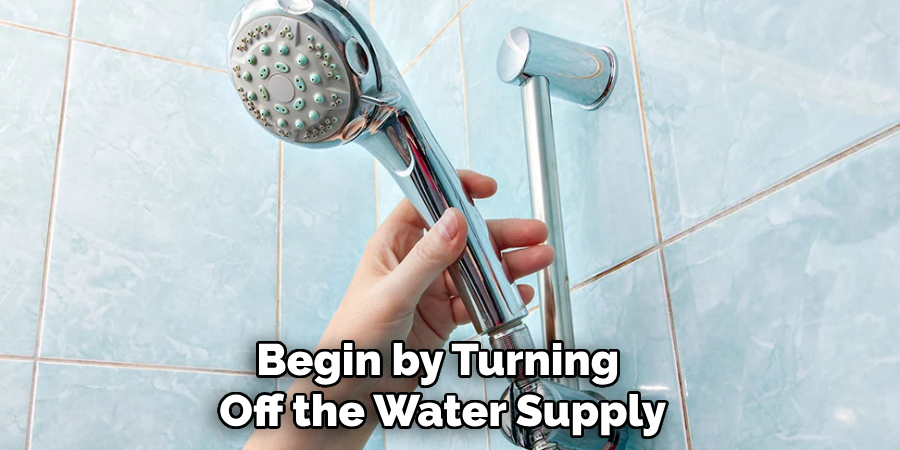
6. Replace the Rubber Washer for a Better Seal
A worn-out or damaged rubber washer can contribute to a loose connection between the shower head and the shower arm. The washer is typically located inside the shower head, at the point where it screws onto the arm. If you notice leaks or an unstable fit, remove the shower head and inspect the washer. If it appears cracked or worn, replace it with a new one of the same size. A fresh rubber washer provides a better seal, helping to secure the shower head and prevent water from leaking through loose connections.
7. Use Thread Sealant (Pipe Joint Compound) for a Permanent Fix
For a more permanent solution, consider using a thread sealant, also known as pipe joint compound, instead of or in addition to plumber’s tape. Thread sealant creates a durable, watertight connection and prevents loosening over time. Apply a small amount of the compound to the threads of the shower arm, ensuring an even coat. Reattach the shower head and tighten it securely. Unlike plumber’s tape, thread sealant does not need to be reapplied frequently and offers long-lasting protection against leaks and looseness.
8. Check for a Damaged or Warped Shower Arm
Sometimes the issue isn’t with the shower head itself, but with the shower arm. A damaged or warped shower arm can prevent the shower head from tightening properly. Inspect the shower arm for any visible signs of wear, such as bends, cracks, or warping. If the arm appears damaged, consider replacing it with a new one to ensure a secure and stable connection. A new shower arm will provide a fresh, clean surface for the shower head to screw onto, ensuring a snug fit.
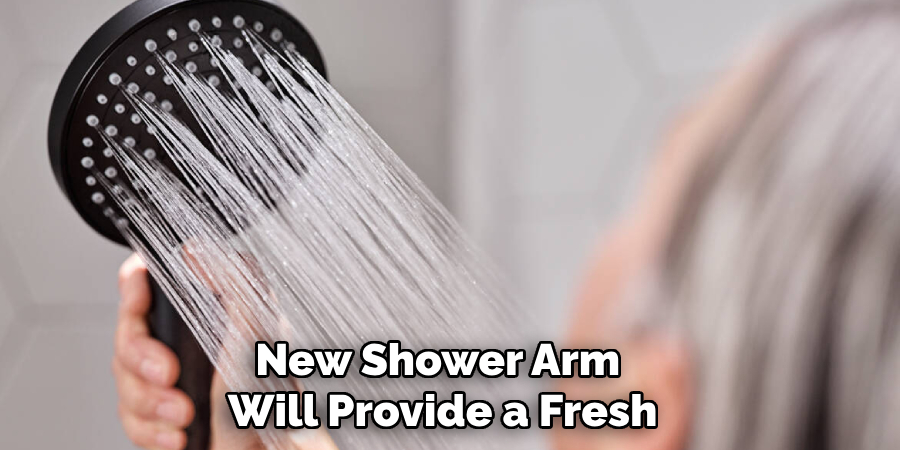
9. Lubricate the Threads for Smooth Tightening
If the threads of the shower head and shower arm are old or corroded, tightening them can be difficult. In this case, applying a small amount of silicone-based lubricant to the threads can make the tightening process smoother and more effective. Lubrication helps the threads glide smoothly together, reducing the risk of cross-threading or damage. After applying the lubricant, reattach the shower head and tighten it securely by hand, followed by a wrench if necessary. Be sure to clean any excess lubricant to prevent buildup over time.
10. Regular Maintenance to Prevent Loosening Over Time
Once you’ve successfully tightened your rain shower head, it’s important to implement regular maintenance to prevent future loosening. Regularly check the shower head for any signs of wobbling, leaks, or a loose connection. Periodically remove the shower head to clean the threads and reapply plumber’s tape or thread sealant as needed. Additionally, avoid applying excessive force to the shower head when adjusting its position, as this can loosen the connection over time. By maintaining your shower head and addressing any issues promptly, you can ensure it remains securely in place for years to come.
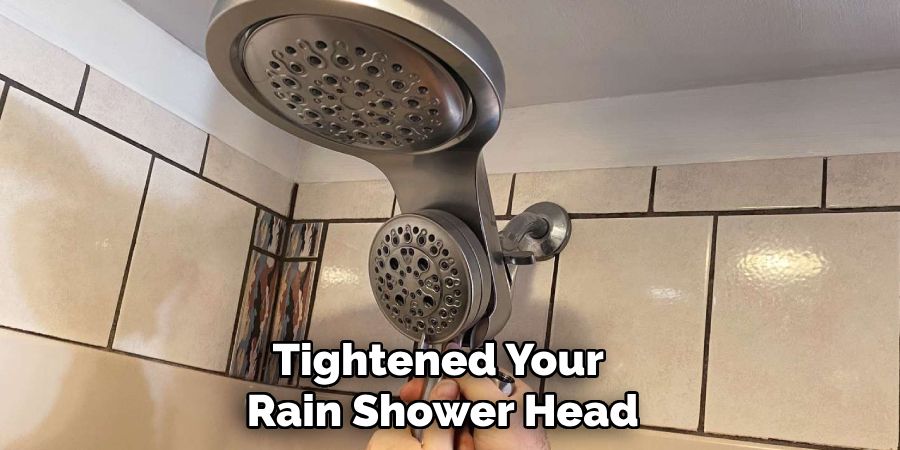
Conclusion
Ensuring your rain shower head is securely fastened and free of leaks is crucial for both functionality and aesthetic appeal. By following the steps outlined in this guide, you can easily tighten a loose shower head, addressing common issues such as worn rubber washers, dirty threads, or a damaged shower arm. Regular maintenance and occasional checks can prevent future problems, keeping your shower experience enjoyable and hassle-free. Thanks for reading, and we hope this has given you some inspiration on how do you tighten a rain shower head!

